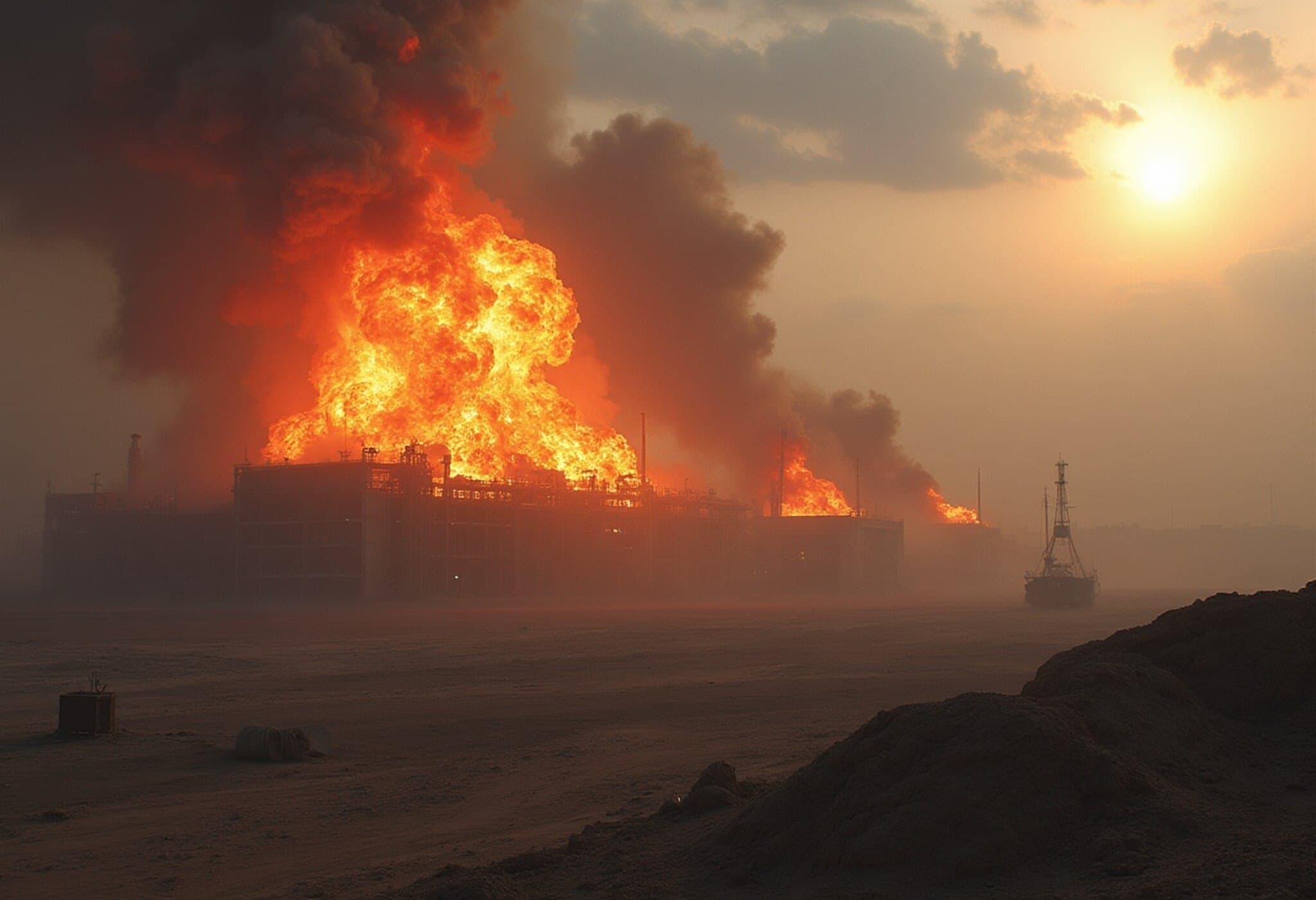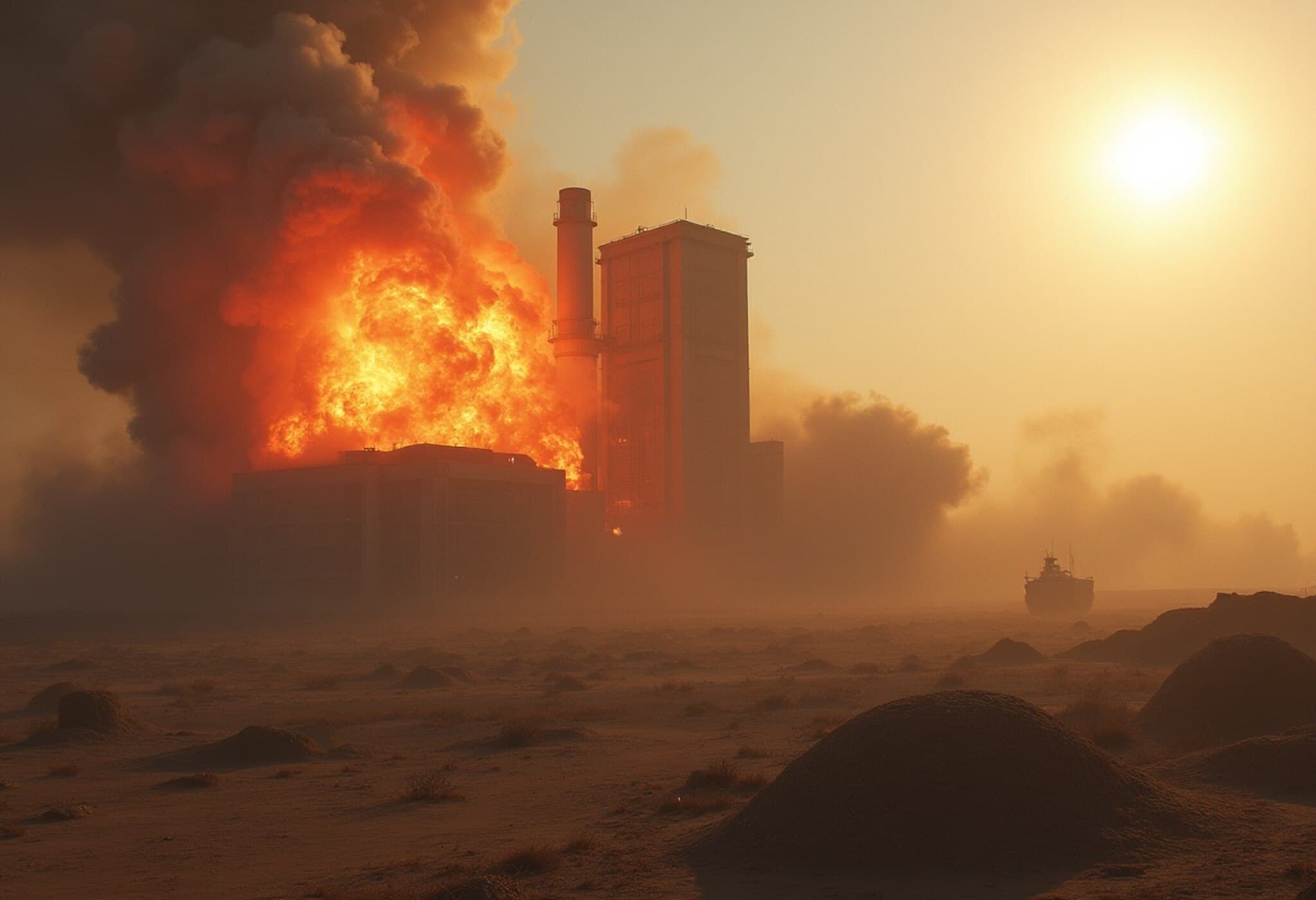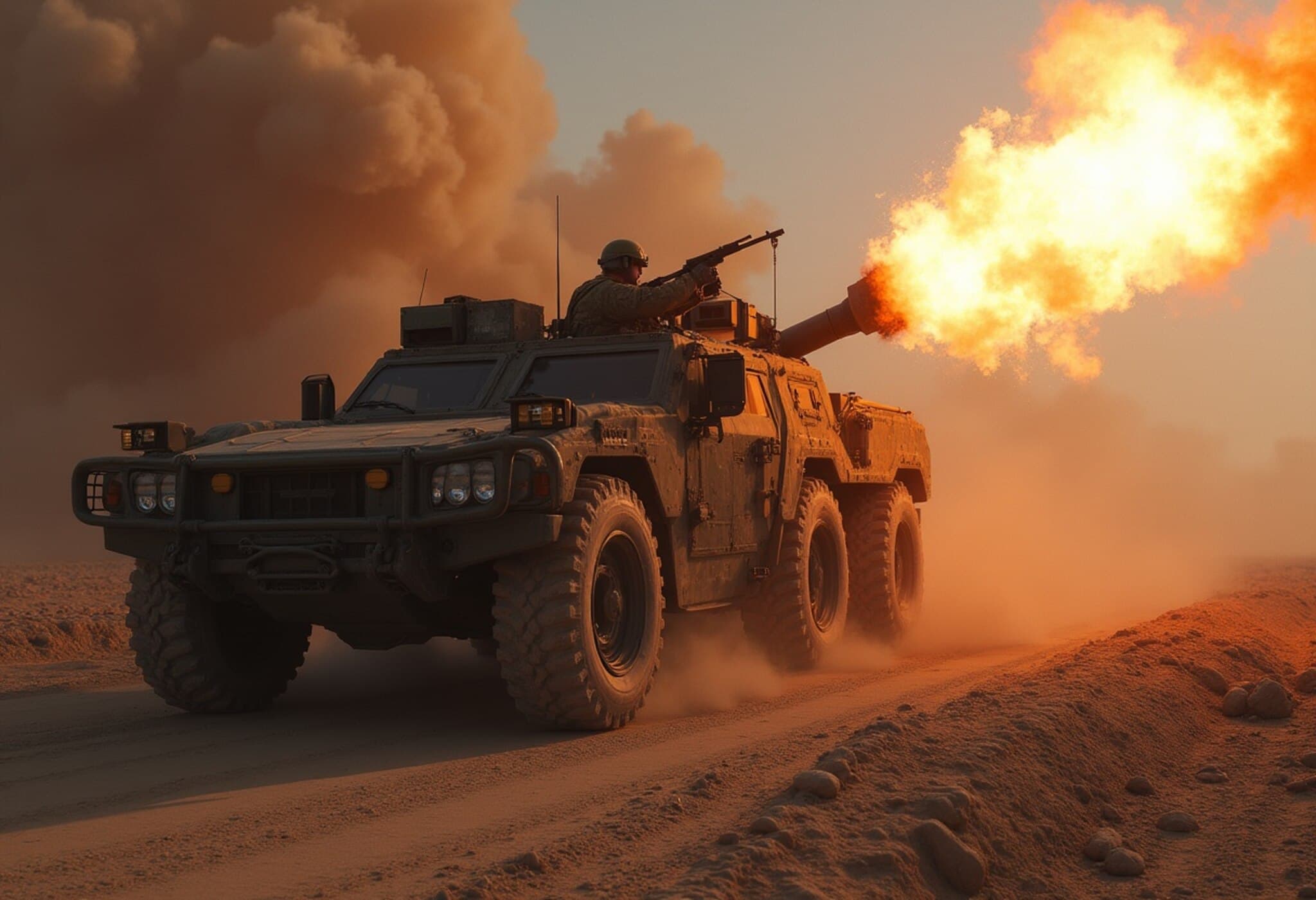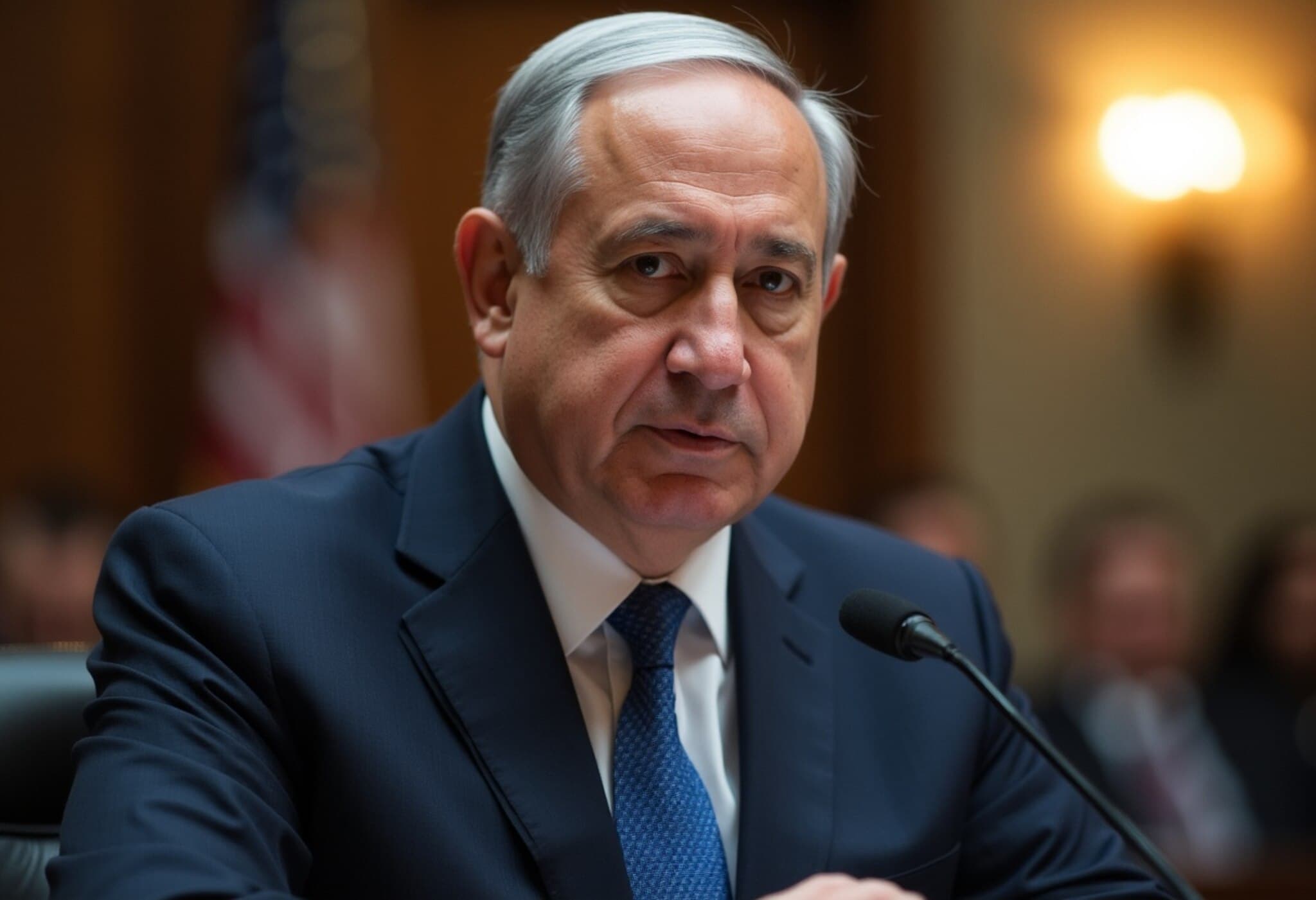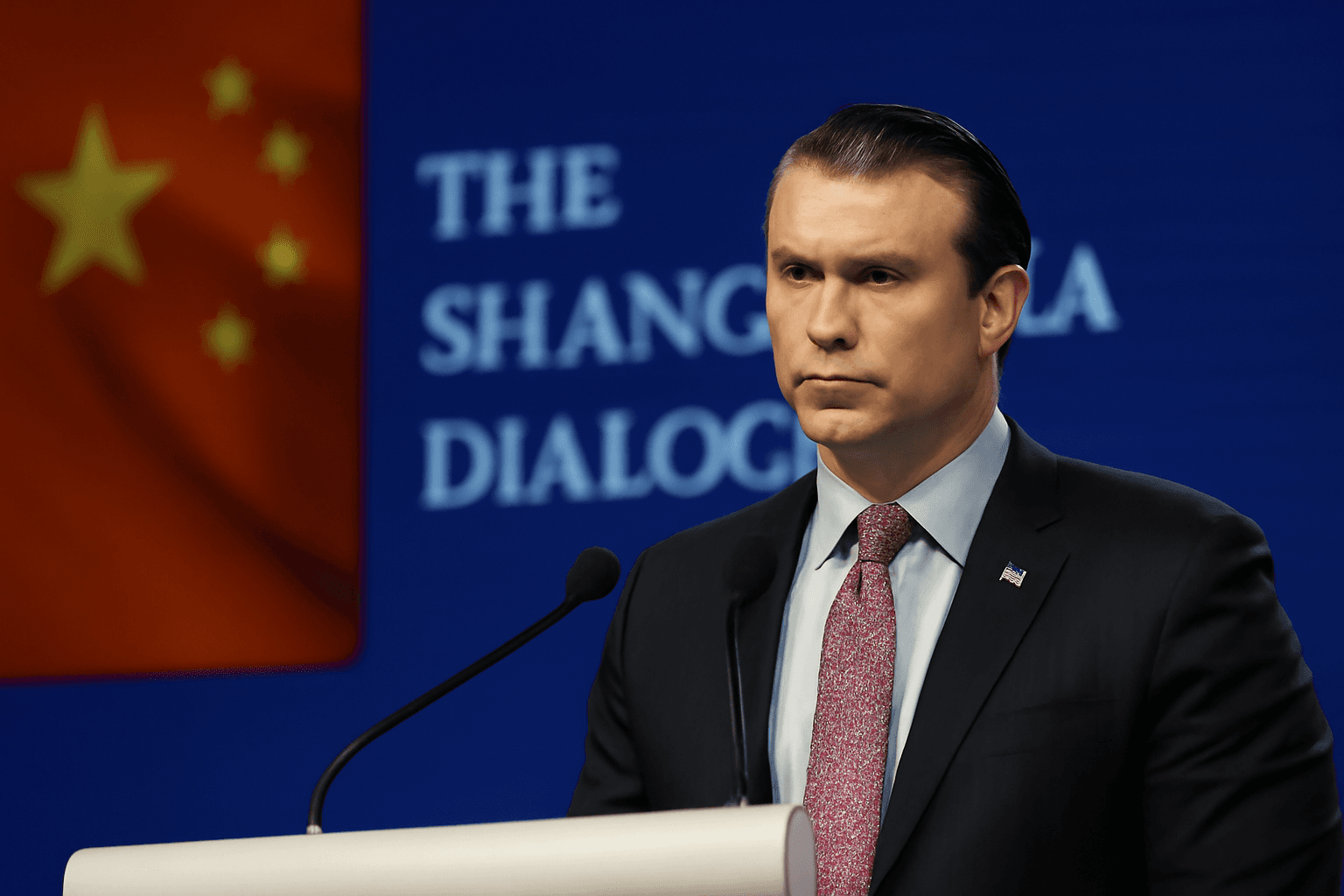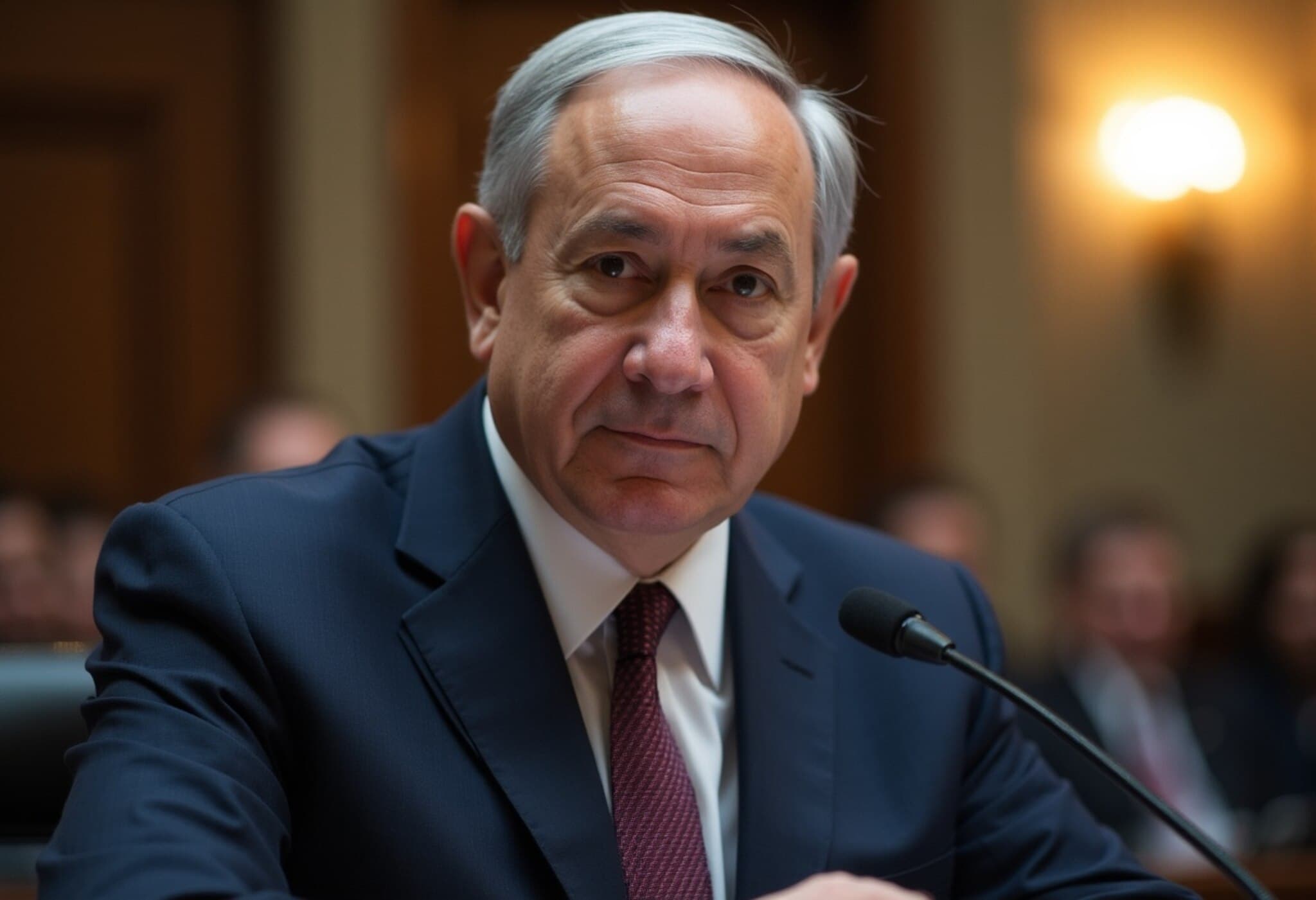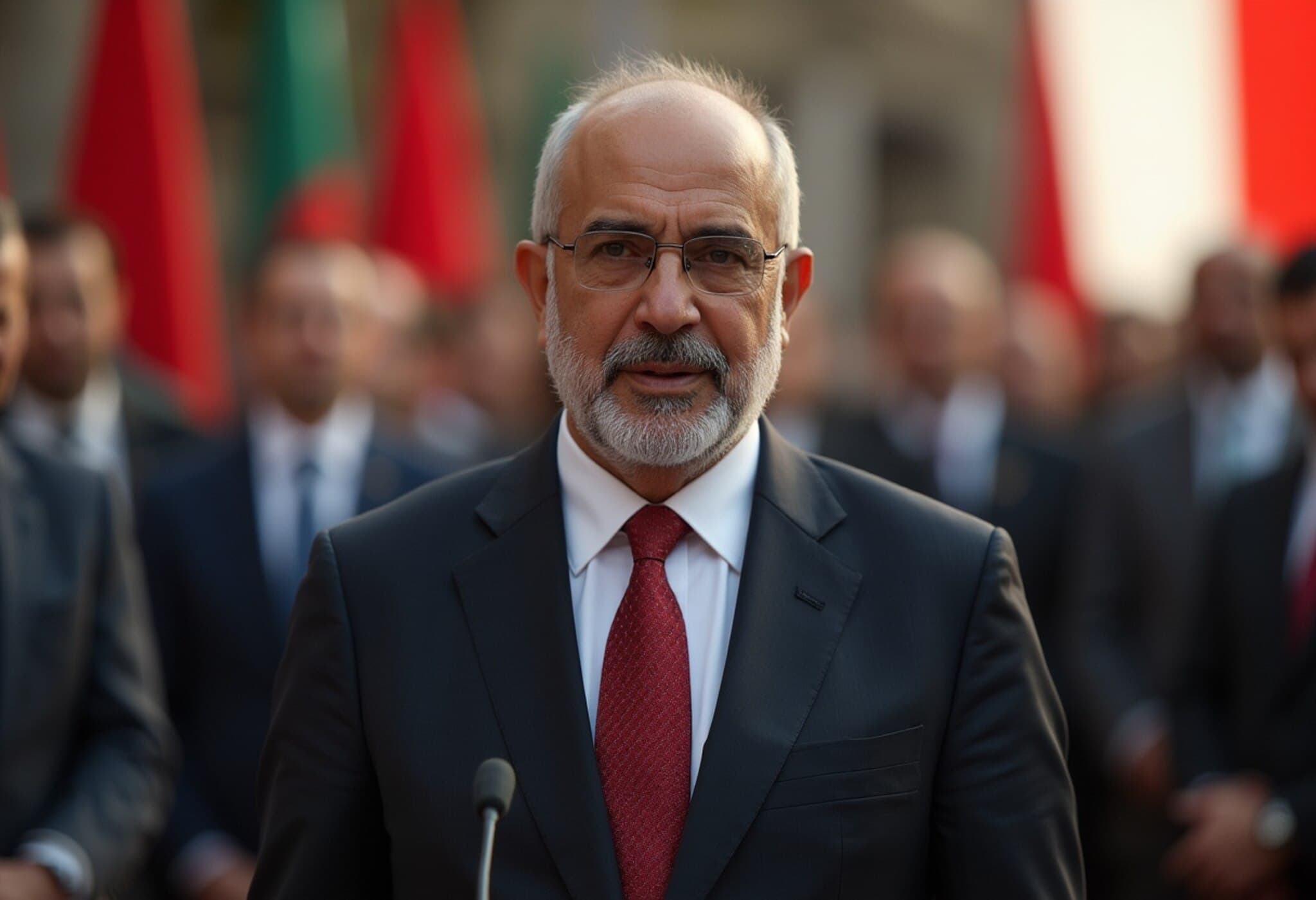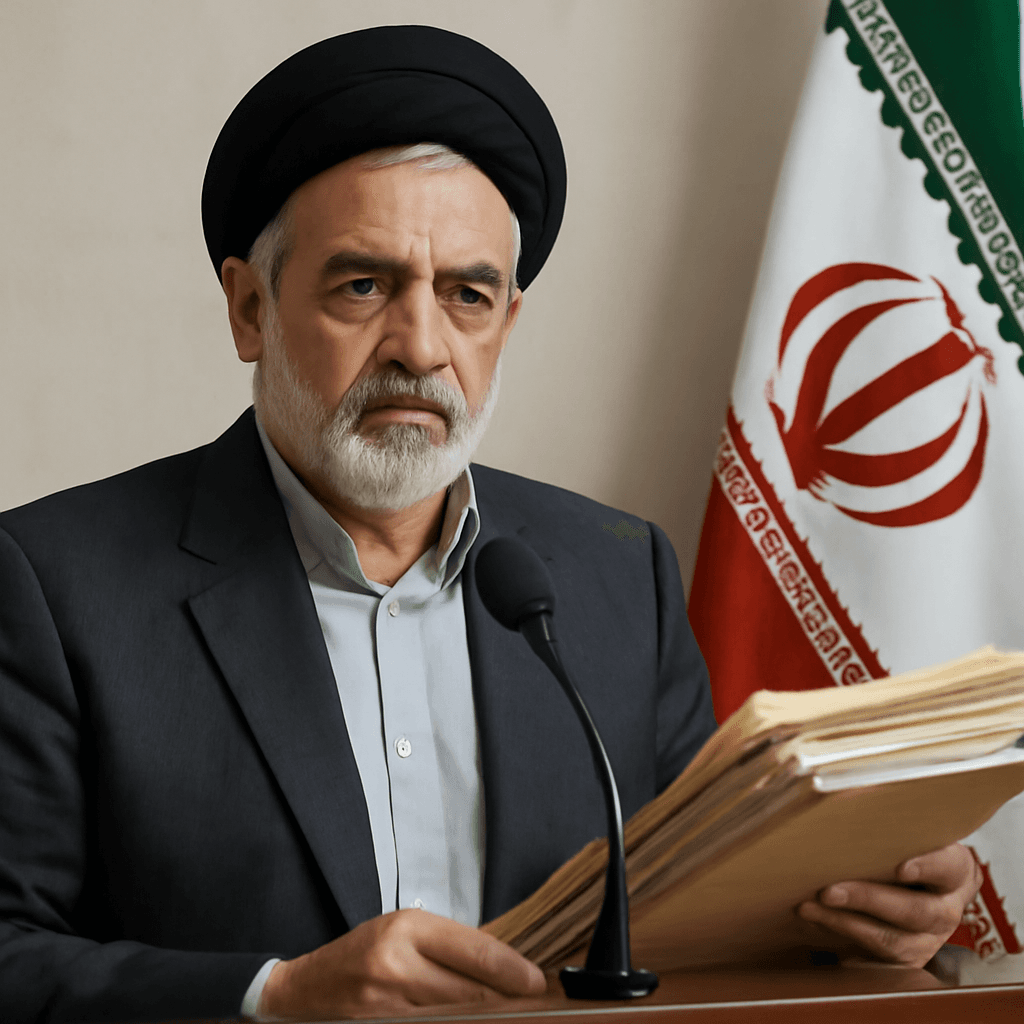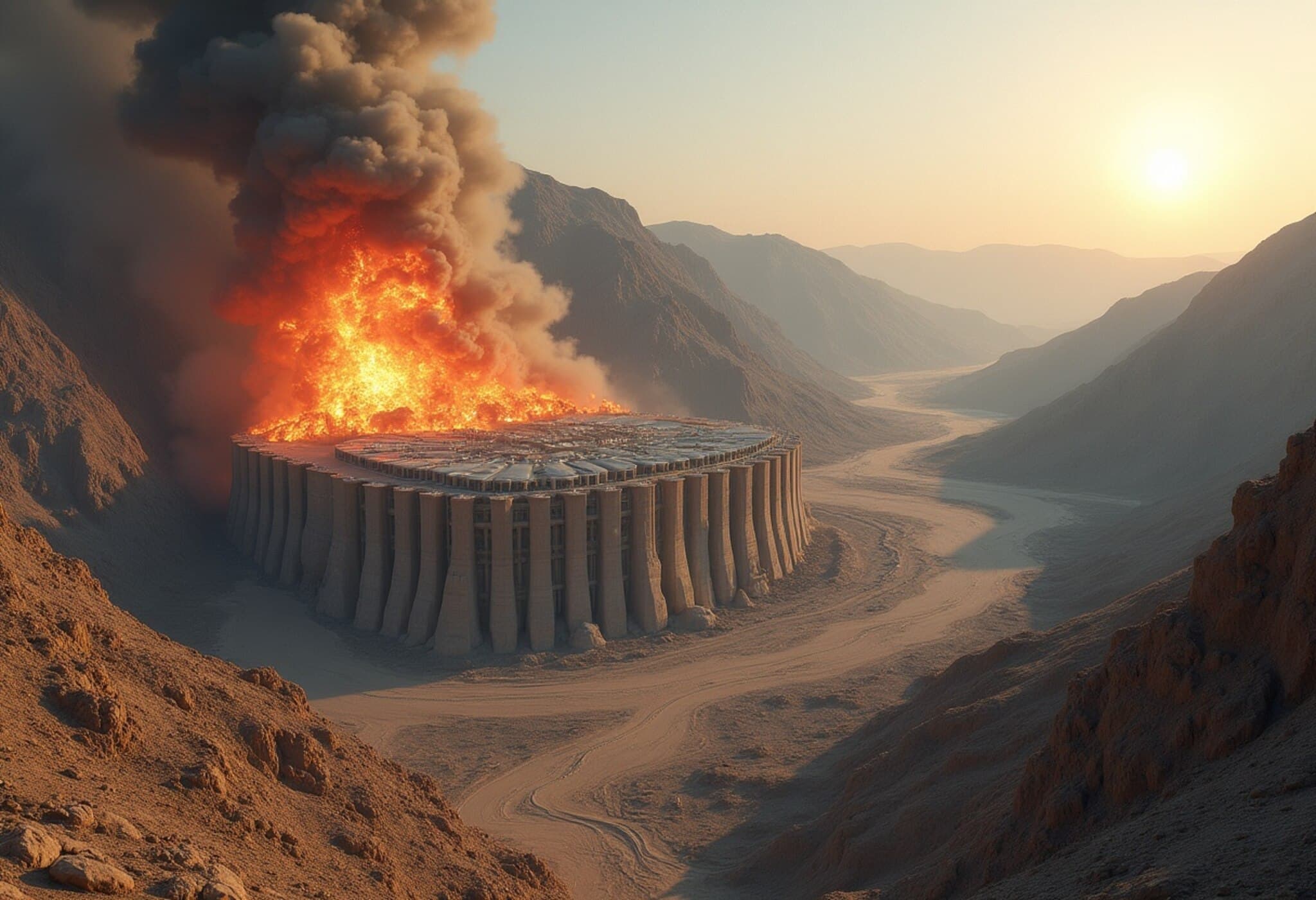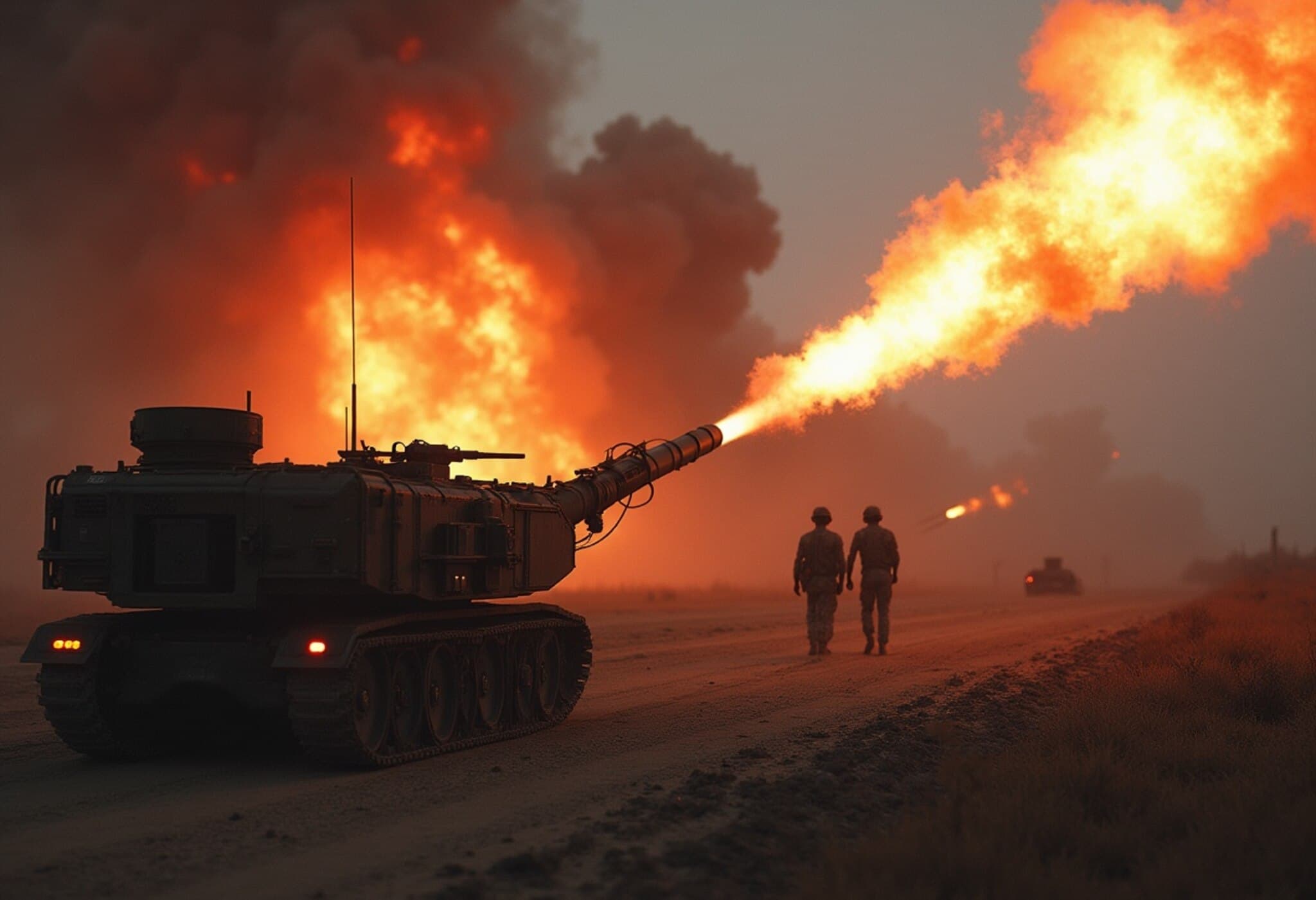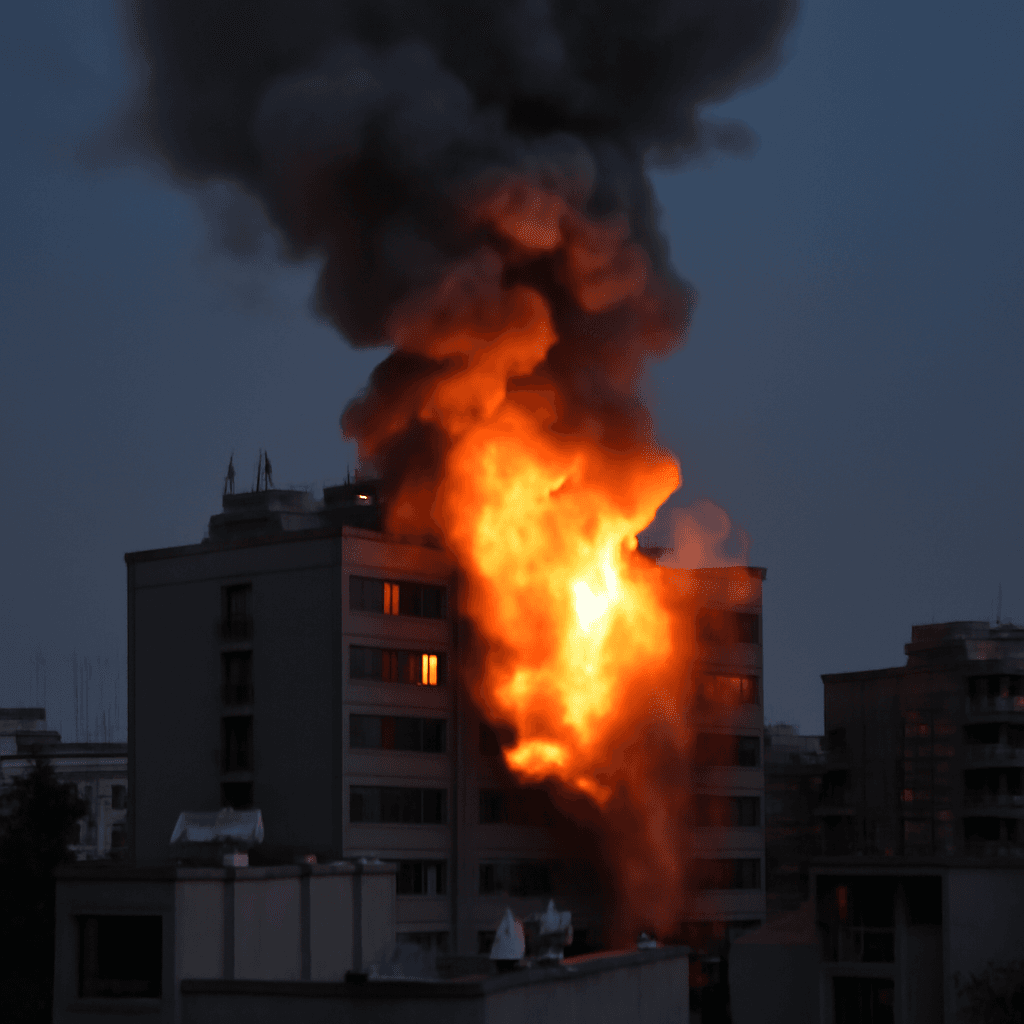From Baghdad 1981 to Tehran 2025: A Familiar Israeli Strategy
On June 7, 1981, the Israeli Air Force executed a bold and risky airstrike against Iraq’s Osirak nuclear reactor, located near Baghdad. This operation, code-named Operation Opera, saw fourteen fighter jets fly nearly 1,100 kilometers to destroy a facility suspected of enabling Iraq to develop nuclear weapons. Over forty years later, Israel’s concerns over nuclear threats have resurfaced with Iran, invoking similar security calculations and strategies.
The Rise of Iraq’s Nuclear Ambitions
Iraq’s nuclear program took root in the late 1950s but gained serious momentum under Saddam Hussein’s regime in the 1970s. In 1976, Iraq inked a deal with France to acquire a 70-megawatt research reactor named Osirak, alongside a smaller training reactor, both located at the Tuwaitha Nuclear Research Centre near Baghdad.
While Iraq maintained that these reactors were strictly for peaceful scientific purposes under International Atomic Energy Agency (IAEA) oversight, Israel, informed by its intelligence, feared that the Osirak reactor could be used to produce weapons-grade plutonium—representing an existential threat.
Meticulous Planning for a High-Stakes Operation
Under the leadership of then-IDF Chief of Staff Lieutenant General Rafael Eitan, Israel meticulously plotted the strike. After early consideration of F-4 Phantom jets, newer American F-16 fighters became the primary aircraft for the mission, supported by F-15 escorts.
The mission required extraordinary precision to fly low over hostile airspace, avoid radar detection, and strike swiftly. Extra fuel tanks were fitted to extend range, while the aircrews maintained radio silence and radar blackout to stay undetected during the low-altitude ingress.
A Narrow Escape Through Complex Airspace
The flight path extended southeast across Jordan, then deep into Saudi Arabian airspace before heading toward Baghdad. Though the jets successfully dodged radar, they were spotted by King Hussein of Jordan, who attempted to warn Iraq. Unfortunately, the warning failed to reach its target in time.
The Strike and Its Fallout
At approximately 5:35 pm local time, the F-16 squadron unleashed their payloads over the Osirak facility, destroying it within minutes. Remarkably, all fourteen aircraft returned safely, completing one of the most tactically flawless airstrikes in modern military history.
Yet, the international response was swift and condemnatory. The United Nations Security Council denounced the attack as a violation of international law via Resolution 487, and Israel’s closest ally, the United States, temporarily halted military shipments in protest. Iraq and France—who built and staffed the reactors—also condemned the strike, though no casualties occurred.
Israeli Prime Minister Menachem Begin justified the mission with a clear principle: no Arab state should ever be allowed to acquire nuclear weapons. This “Begin Doctrine” would profoundly influence Israel’s security stance going forward.
Long-Term Strategic Impact
Contrary to hopes that the strike would slow Iraq’s nuclear efforts, declassified intelligence gathered during the 2003 Iraq War indicates Saddam Hussein intensified covert nuclear development throughout the 1980s. It was not until the 1991 Gulf War that significant damage was done again to Iraq’s nuclear capacity.
Parallels with Israel’s Concerns Over Iran
Fast forward to the 21st century, Israel views Iran’s advancing nuclear program as its greatest existential threat. Since 2005, successive Israeli leaders, especially Prime Minister Benjamin Netanyahu, have framed Iran’s nuclear ambitions as a red line that cannot be crossed.
Israel has adopted a multifaceted approach—ranging from covert operations, including cyberattacks like the Stuxnet worm, to targeted assassinations of Iranian nuclear scientists. By 2025, reports indicate Iran has enriched uranium to near weapons-grade levels, heightening international tensions despite ongoing indirect diplomatic talks.
A Recurring Message
From the skies over Baghdad in 1981 to the covert battlegrounds beneath Tehran in 2025, Israel’s message remains consistent: it will take decisive action to prevent hostile neighbors from acquiring nuclear weapons. This enduring stance shapes both the geopolitical landscape and the shadowy dynamics of Middle East security today.

